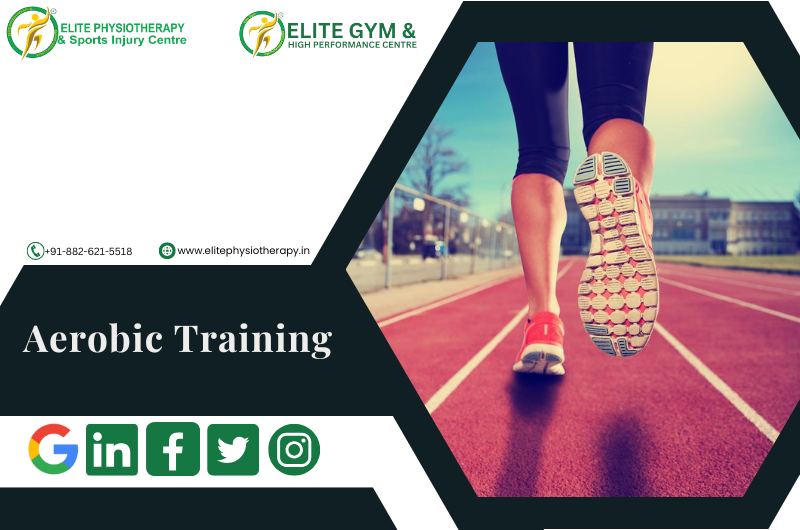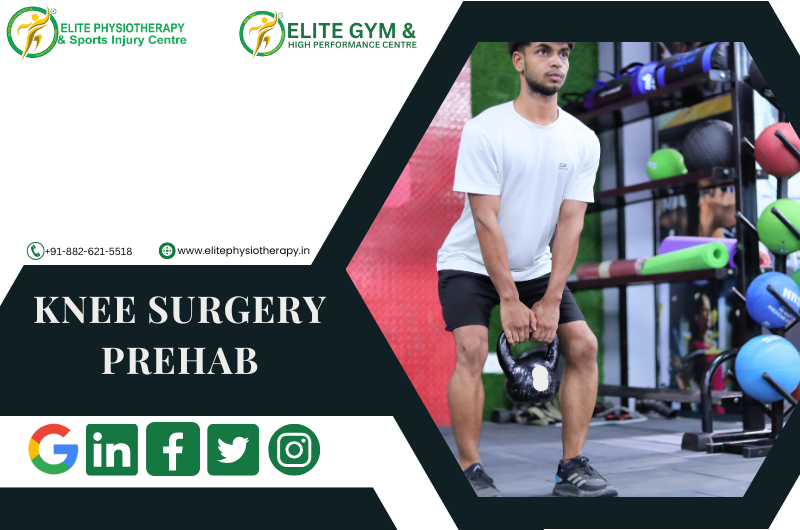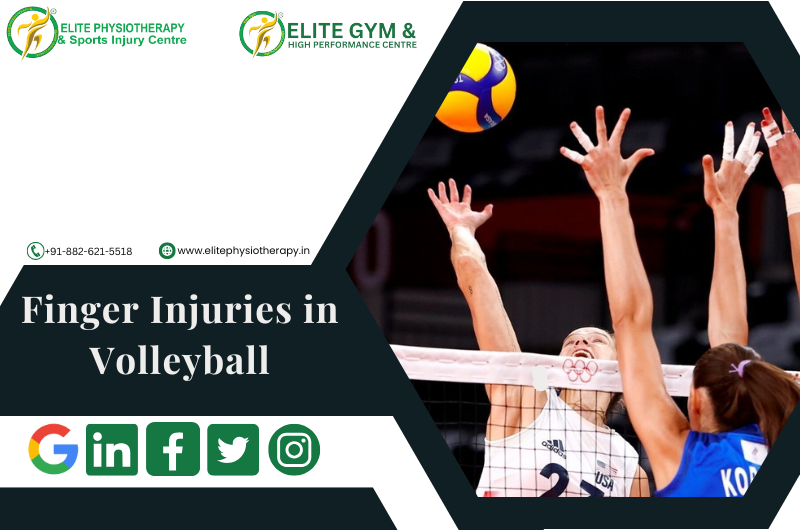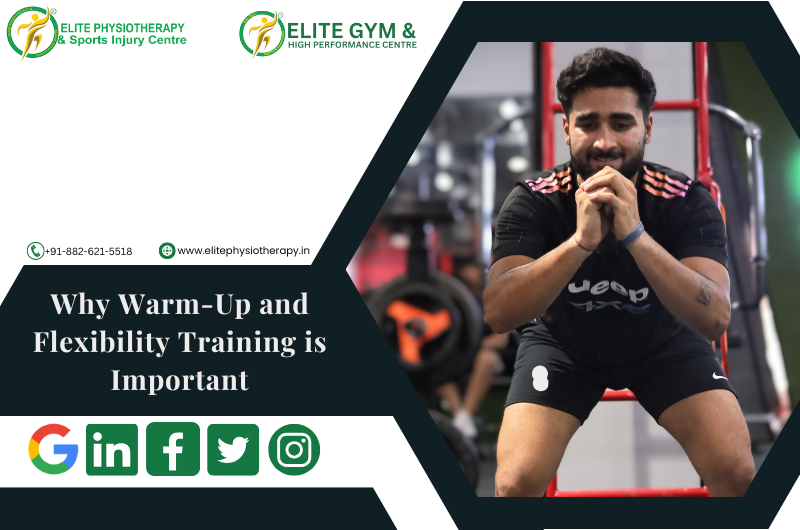Introduction
Physiotherapy is an essential component of your performance cycle, whether you’re a football player in top competition mode or a cricket player preparing for a game. Since sports demands change during the season, so too must your physiotherapy care, according to Elite Physiotherapy and Sports Injury Centre.
This article explains the differences between off-season and in-season physiotherapy and how our clinic’s individualized care guarantees that you’re not only injury-free but also constantly improving.
Why Seasonal Physio Planning Matters
Every stage of an athlete’s year, including pre-season, transition, off-season, and in-season, has its own set of demands on recuperation. Neglecting this may result in:
- Overtraining-related injuries
- Persistent exhaustion
- plateau in performance
- Poor recovery in between contests
Our seasonally appropriate physiotherapy method aligns your body with your training objectives.
In-Season Physio Care: Precision + Recovery = Performance
Goals of In-Season Physiotherapy:
- Maintain performance and strength
- Prevent injuries through regular screening
- Accelerate recovery between matches
- Address any acute pains or strains early
- Ensure optimal joint and muscle mobility
Our In-Season Care Approach Includes:
1. Weekly Functional & Physical Screening:
Early detection of tightness, fatigue, or compensation patterns using special tests (e.g., Y-Balance, hop tests, resisted muscle testing, movement control screens).
2. Recovery Modalities:
We apply high-end physiotherapy tools such as:
- Shockwave Therapy for Tendon Stress
- Class 4 Laser for acute pain and inflammation
- SIS (Super Inductive System) to modulate pain and promote healing
- Hydrotherapy & Cryotherapy for rapid muscle recovery
3. Sport-Specific Manual Therapy:
Targeted myofascial release, taping, and joint mobilization tailored to specific sports.
4. Match-Ready Activation Sessions:
Pre-game neuromuscular facilitation, agility drills, and serratus/gluteal priming.
5. Education on Load Management:
Athletes learn how to monitor fatigue, hydration, recovery windows, and manage training intensity smartly.
Off-Season Physio Care: Build the Foundation, Fix the Flaws
The off-season is a fantastic time to make changes. At this point, players need to address chronic imbalances, past injuries, and underlying movement inefficiencies.
Goals of Off-Season Physiotherapy:
- Injury rehabilitation and prevention
- Mobility and flexibility restoration
- Strengthening weak links (core, hips, scapula)
- Functional capacity enhancement
- Prehab for the upcoming season
Our Off-Season Protocol Includes:
1. Full Body Biomechanical Assessment:
We perform functional movement screens, postural analysis, and gait assessments to detect hidden dysfunctions.
2. Corrective Training + Strength Programs:
Targeted programs are designed to:
- Improve core stability
- Restore joint mobility (shoulder, hip, ankle)
- Build neuromuscular control and symmetry
3. Modalities for Chronic Issues:
- CRET (Capacitive-Resistive Energy Transfer) for deep tissue healing
- Dry Needling + Electrotherapy for chronic trigger points
- Laser + IASTM (Instrument Assisted Soft Tissue Mobilization) for scar remodeling
4. Performance Enhancement Training:
Integration of agility, proprioception, plyometric drills, and sport-specific mechanics.
Prehab is as Crucial as Rehab
Most injuries we see in the in-season have roots in:
- Poor recovery in off-season
- Skipping prehab
- Uncorrected movement dysfunction
That’s why at Elite Physiotherapy, we push the concept of “Prehab Before Play.” Every athlete—elite or amateur—benefits from a structured physiotherapy plan across all seasons.
Why Choose Elite Physiotherapy and Sports Injury Centre
- Sports-specialized physiotherapists with national & international experience
- Advanced modalities like Class 4 Laser, CRET, SIS, and Hydrotherapy
- Tailored athlete-centric protocols
- Functional and physical assessments based on the latest clinical frameworks
- Emphasis on holistic recovery: mobility, strength, neuromuscular control, and education
Conclusion: Let Your Physio Plan Match Your Sports Season
Your body isn’t under the same pressure all year, so your physiotherapy shouldn’t be either. Whether you’re defending your title or rebuilding after a tough season, Elite Physiotherapy is your performance partner every step of the way.










